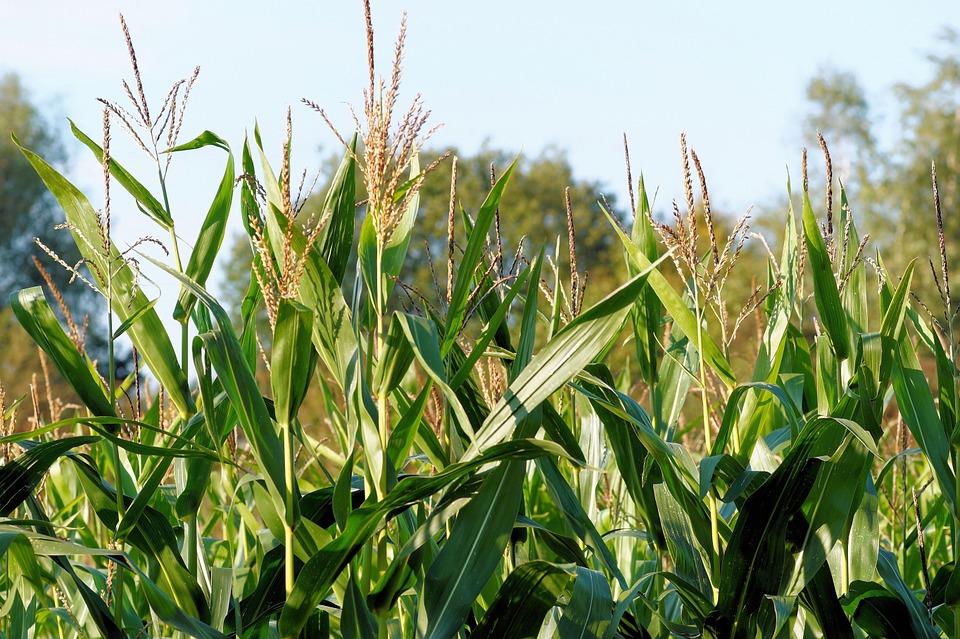Do you know what role corn plays in its production?
Biogas plants convert biomass into biogas by controlled anaerobic fermentation. It is then used to produce heat, electricity, and after getting rid of some undesirable components, such as fuel. Nowadays, most biogas plants use mainly agricultural products and waste, such as manure or slurry from pig and cattle breeding. As the total production of biogas from these materials is limited, crops grown specifically for this purpose are also added to the bioreactors. The biomass of these crops is characterized by a higher value of substrate biogas production.
Silage maize is mostly used for these purposes. It is characterized by high yields, both in the amount of biomass per hectare of soil and high yield of biogas itself. As the year-round operation of biogas plants requires a continuous supply of organic matter, new ways are constantly being sought to increase the yields of maize and the biogas obtained from it. One of the possibilities, which has not yet been intensively studied in terms of the effect on the quantity and quality of biogas, is to increase the sowing density. The team of experts from the Department of Agroecology and Crop Production, in cooperation with colleagues from the Department of Agroenvironmental Chemistry and Plant Nutrition, decided to find out how individual parts of the plant contribute to the overall biogas production. The aim of the study was to compare two different sowing densities (90,000 and 130,000 plants / ha) and their influence on biomass yield and biogas production. The experiments took place in two localities in the Central Bohemian Region in 2014 and 2015. To assess the impact of individual plant parts, the experts decided to compare the values ??obtained from maize cobs and from the rest of the plants. Substrate biogas production from both parts was determined in the lab using one-time anaerobic batch tests.
The results revealed a higher yield of dry matter, decomposition of organic matter and methane content in the biogas obtained from maize cobs compared to the rest of the plant. The total production of biogas from cobs was even 1.3-1.8 times higher. Although the effect of density on dry matter yield and total biogas production was not so significant, higher density supported faster dynamics of substrate biogas production and in the first year also higher decomposition of organic matter. The results of the study show that the total biogas production depends on the total dry matter yield, the ratio of cobs in the plant and to some extent the increased sowing density of corn.
The complete scientific paper can be found here:
Fuksa Pavel, Hakl Josef, Míchal Pavel, Hrevušová Zuzana, Šantrůček Jaromír, Tlustoš Pavel. Effect of silage maize plant density and plant parts on biogas production and composition. Biomass and Bioenergy. 2020, 142, 105770. https://doi.org/10.1016/j.biombioe.2020.105770
https://www.sciencedirect.com/science/article/pii/S0961953420303044

